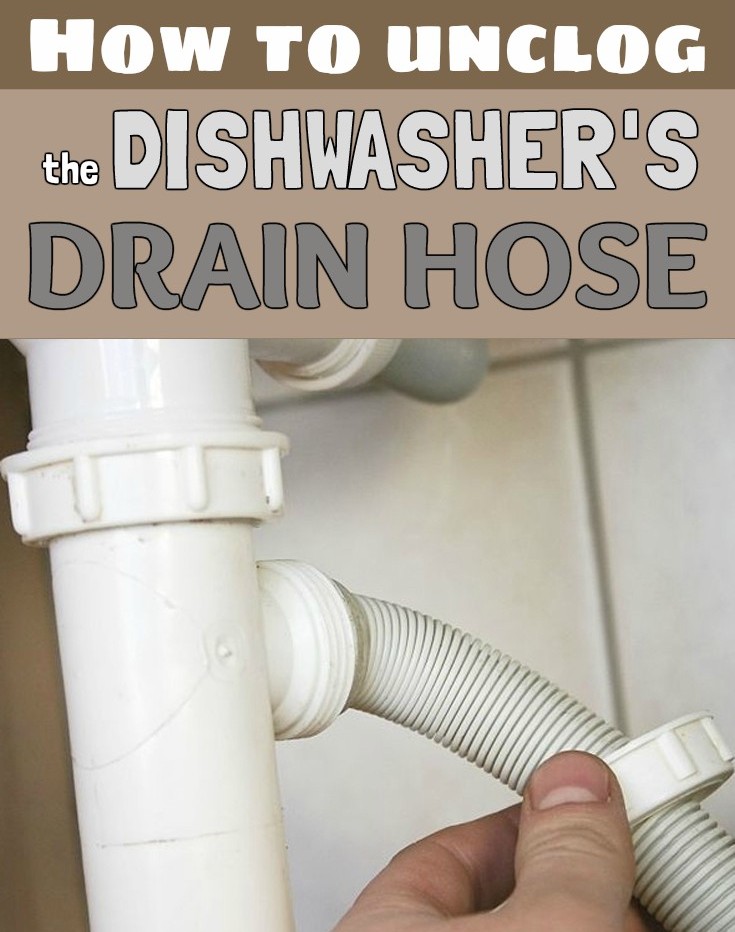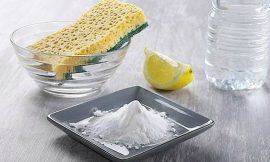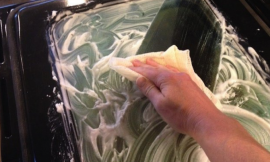As time passes, dishwasher will not remove water as quickly as it should. In most cases, the main cause of faulty exhaust is the hose that gets clogged with various impurities. If you want to unclog the dishwasher’s drain hose is not necessary to call the plumber: you can do this by yourself in a few simple steps!
1. Find the drain hose and disconnect it
Before unclogging the dishwasher, make sure it’s unplugged. Incidentally, this step is necessary every time you work with appliances that involve water use. After disconnecting the washing machine from electricity, locate the drain hose.
Usually, it’s connected to the pump and sink. Be sure to place a basin under the hose, to collect the dirt inside the hose. Using a pliers, unscrew the hose and allow residues to drain.
2. Wash the hose
Use water at maximum pressure to quickly remove all the residues stuck inside the hose. You can also use a garden hose, high pressure one. Check the dishwasher filters and remove all impurities deposited inside.
3. Clean the hose with vinegar and baking soda
To make sure that the dishwasher’s hose has no dirt left inside, you should rinse it with a solution of vinegar and baking soda. Pour a teaspoon of baking soda inside the hose, shake it well, then add two tablespoons of vinegar. These ingredients will create a strong chemical reaction that will help clean the dishwasher’s hose.
Finally, rinse the hose with warm water and let it dry thoroughly before installing it.
4. Replace the hose (optional)
If water and vinegar and baking soda solution failed to remove the dirt accumulated inside the hose, it’s time to replace it with a new one. Also, the operation is necessary if the hose shows cracks and holes.
5. Connect the hose to the dishwasher
After you cleaned and dried the hose, is time to replace it, not before thoroughly clean the dishwasher too. Then, it’s recommended to test the water draining through a dishwasher’s trial lap, without any pots inside.








